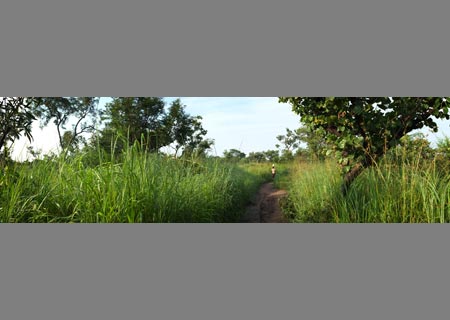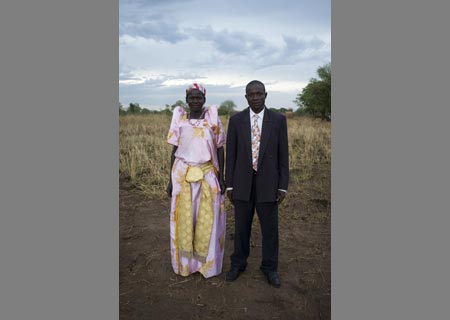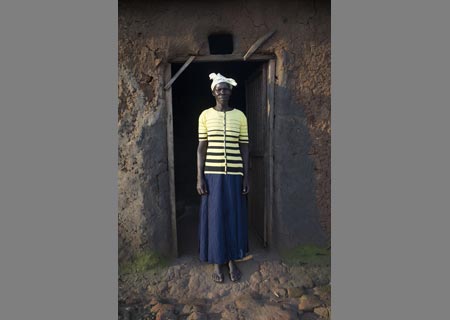In and Out of Culture: Okot p’Bitek’s Work and Social Repair in Post-Conflict Acoliland
- Volume 28, Number 1
- Lara Rosenoff Gauvin
- View PDF | Download PDF
- http://journal.oraltradition.org/issues/28i/gauvin
Abstract
Acknowledging the angst of Acoli youths and elders regarding the youths’ disconnection from culture (tekwaro) after decades of war, this essay examines post-conflict processes of social repair in rural Northern Uganda in light of the much overlooked academic work of Acoli scholar and writer Okot p’Bitek. It explores how the recognition of p’Bitek’s holistic approach to Acoli culture, personhood, and oral tradition as social action facilitates a place-based understanding of post-conflict transitions.
eCompanion

Picture 1. Padibe Internally Displaced Person’s Camp, Northern Uganda. January 2007.
Photo: Lara Rosenoff Gauvin.
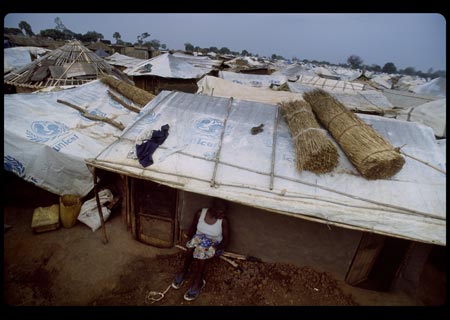

Picture 2. Beatrice and Kilama start to clear land for farming after living in Padibe IDP camp for 5 years. July 2008.
Photo: Lara Rosenoff Gauvin.


Picture 3. Author washing dishes in front of her hut in Pabwoc-East village. August 2012.
Photo: Ryan Gauvin.
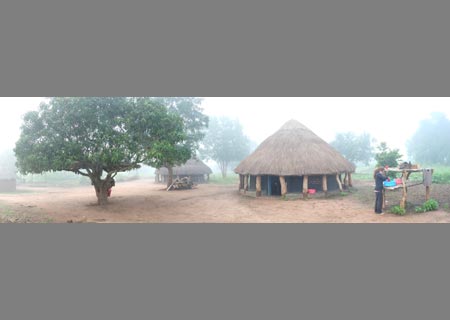

Picture 4. This boy escaped from the Lord’s Resistance Army (LRA) Rebel group five days before this photo was taken. The LRA is made up mostly of abducted children. October 2004.
Photo: Lara Rosenoff Gauvin.


Picture 5. Up to 50,000 children walked each night to the three city centers in Northern Uganda at the height of the war in order to protect themselves against abduction by the Lord’s Resistance Army. October 2004.
Photo: Lara Rosenoff Gauvin.
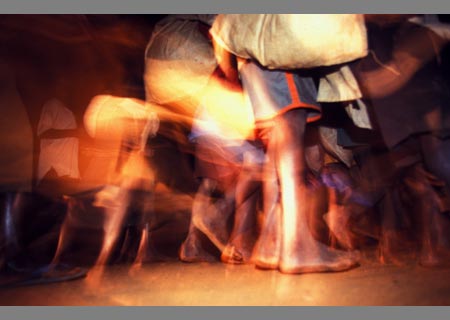

Picture 6. Fires that spread quickly throughout the IDP camps were quite common due to massive overcrowding. Anaka IDP camp, March 2005.
Photo: Lara Rosenoff Gauvin.
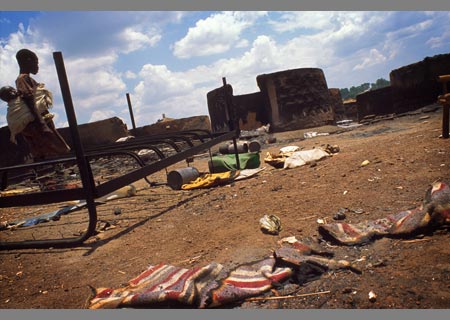

Picture 7. Beatrice harvests peas (lapena) on her neighbor’s plot just outside Padibe IDP camp. January 2007.
Photo: Lara Rosenoff Gauvin.


Picture 8. Throughout the long war, residents were wholly dependent on food aid from the World Food Program for survival. Purongo IDP camp, March 2005.
Photo: Lara Rosenoff Gauvin.
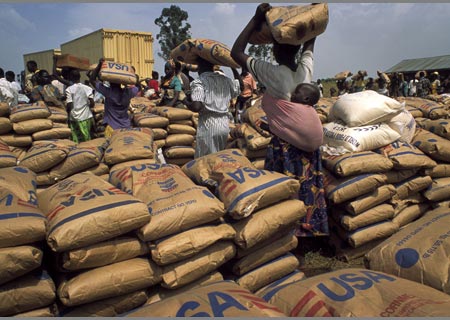

Picture 9. Augustine (the author’s research assistant and friend) drew this map to represent his home village of Pabwoc-East. March 2012.
Photo: Lara Rosenoff Gauvin.
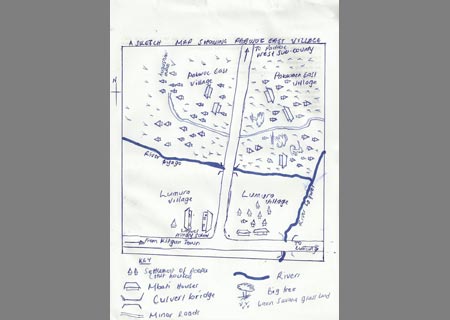

Picture 10. The author’s family’s homestead in Pabwoc-East village, Lamwo district, Northern Uganda. September 2012.
Photo: Ryan Gauvin.


Picture 11. Wang’oo (nightly fireside gathering) in Pabwoc-East village. August 2012.
Photo: Ryan Gauvin.


Picture 12. Okot p’Bitek.
Photo and reproduction permissions provided by Okot’s daughter, Julie Bitek.
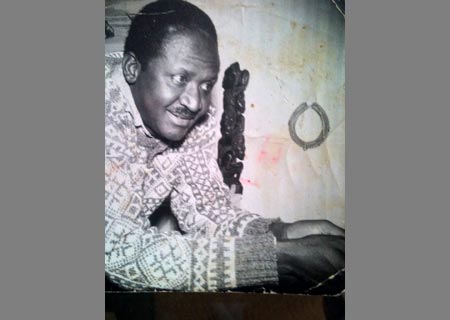

Picture 13. Dorkus leads the author to her garden, explaining who gardens in the other plots along the way, where the next villages begin, and what the histories are between Pabwoc-East and their neighbors. July 2012.
Photo: Lara Rosenoff Gauvin.
